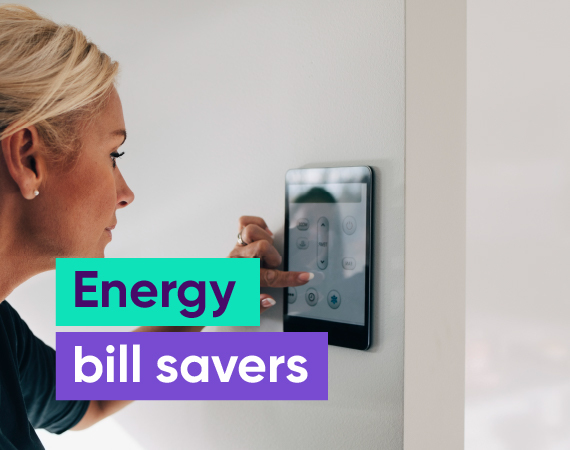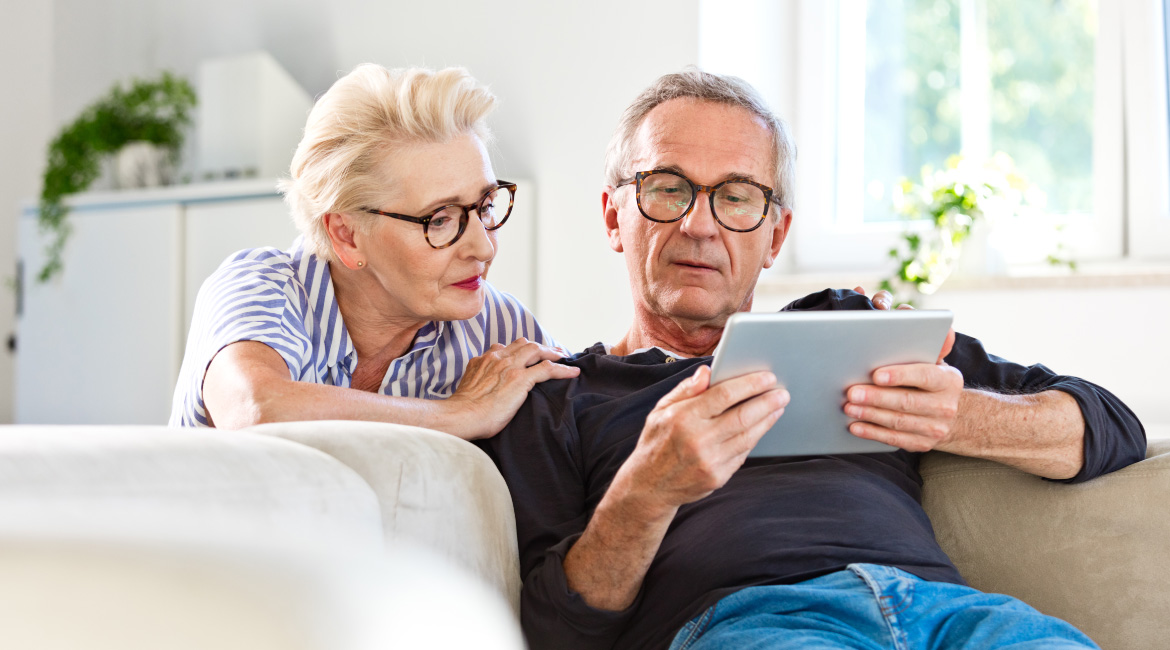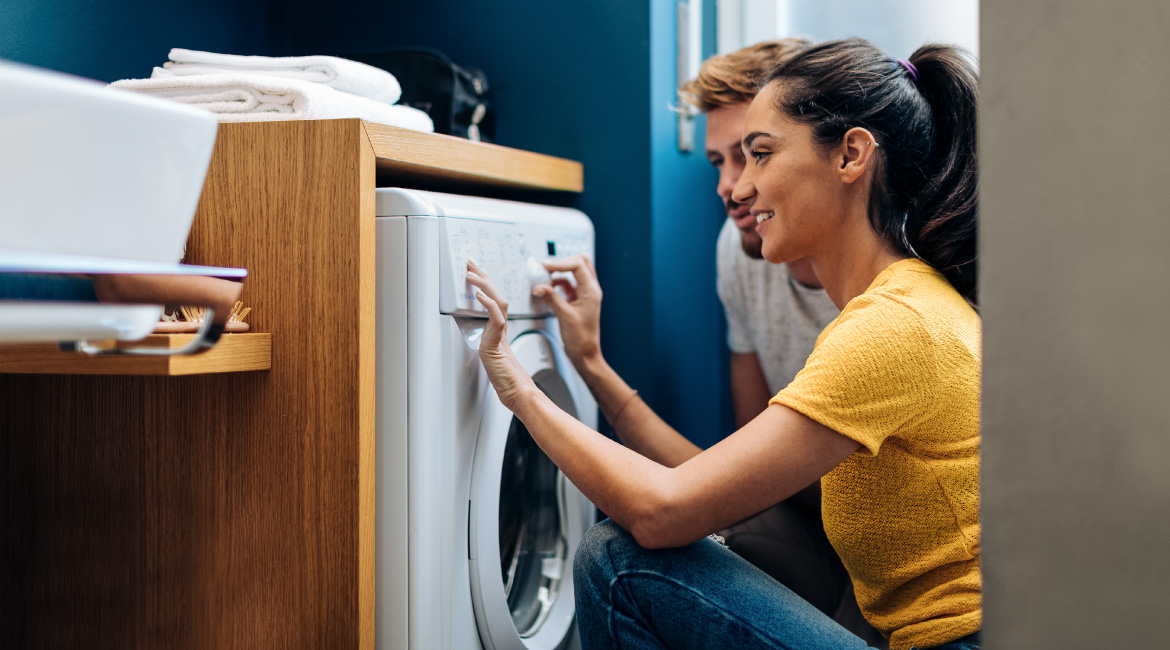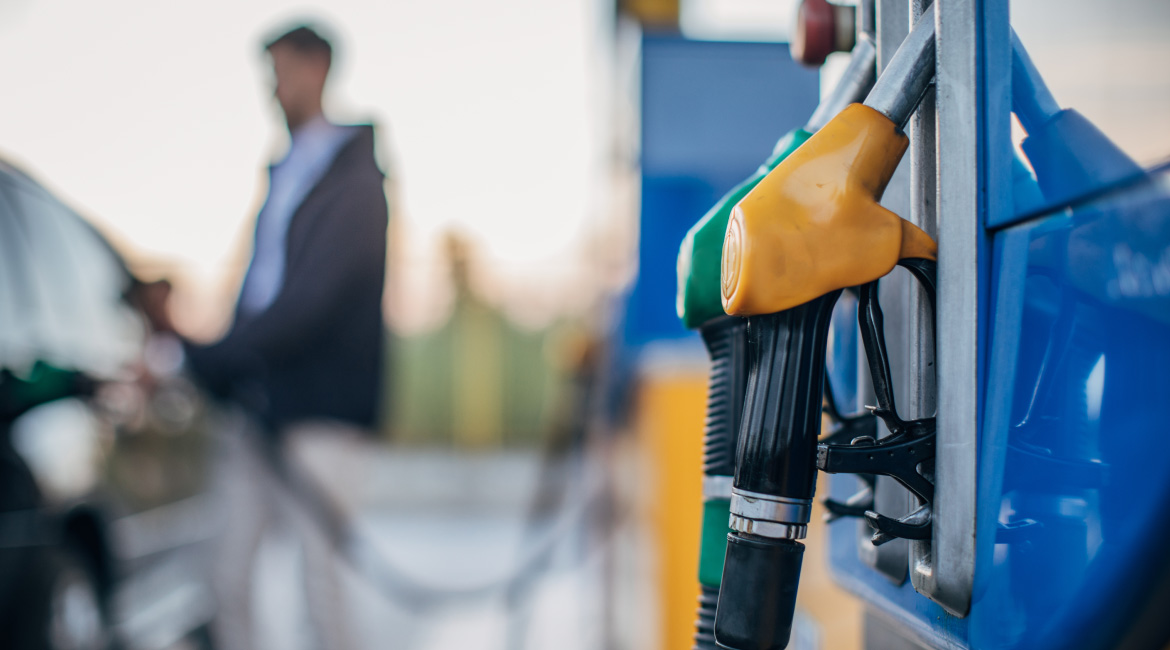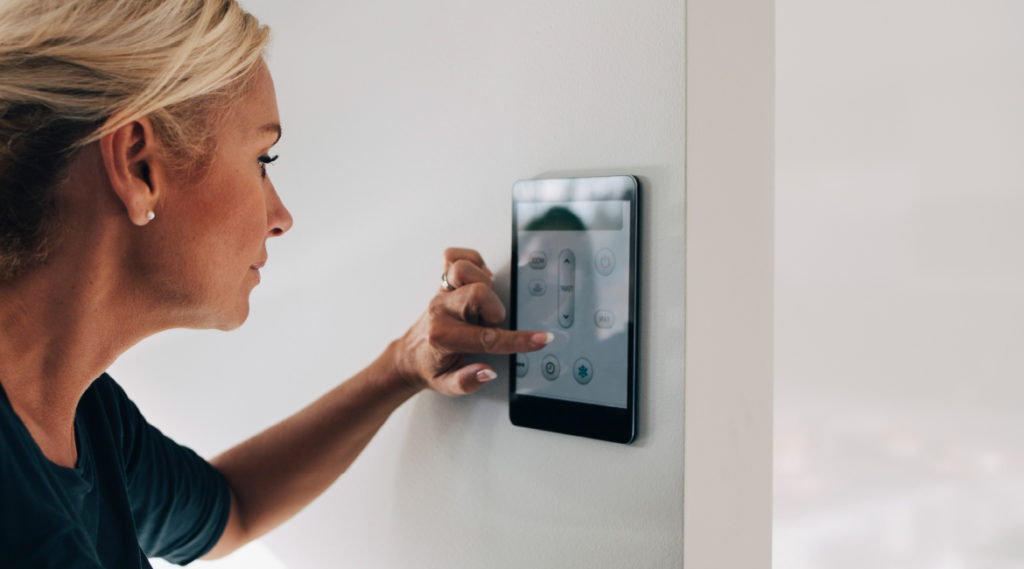
This year, with so many of us working from home (not to mention homeschooling and all those hours of Netflix), our bills are gonna be ugly. There are no two ways about it.
Here are some of our top tips on how to keep your energy bills low – appliance by appliance – when you’re extremely WFH.
1. The heater
The ideal temperature setting for your heating is between 18-20 degrees. Every degree above the 20 mark can increase your energy bills by 10%. That adds up. Rather than cranking up the heating, shut curtains and blinds, close off doors to keep the heat in, and only heat the room/s you’re spending time in. Still feeling the chill? Pop on a jumper and a thick pair of socks, and make yourself a cup of tea.
2. The shower
Did you know that around a third of your home energy use goes towards heating water? True story. Limit the amount of time you spend in the shower to a few minutes – plenty of time to soap up and rinse off (you’ll be saving water too).
3. The lights
This one is simple. Turn them off. AND! Consider replacing your incandescent globes with compact fluoro ones instead. Although they’re more expensive at the outset, they’ll save you big time in the long run; energy efficient fluorescent globes last for around 10,000 hours, compared to 1000 hours of the incandescent bulbs.
4. The washing machine
Save doing your laundry until you’ve got a full load, and if the sun is shining, hang your clothes out to dry outside instead of using a dryer, which eat up energy like nobody’s business. Set your washing machine to a cold water cycle as well – this will save you a few dollarydoos on your bill.
5. The dishwasher
The dishwasher is a bone of contention in many households: what’s the correct way to stack it? Do you really need to rinse off all the food? Forks up or down? Every time you put anything into your dishwasher, scrub off as much dried cereal/pasta sauce/bits of egg as you can, set your dishwasher to the lowest temperature setting (and shortest washing cycle) and then – plot twist – switch off your dishwasher after its final rinse, open the door slightly, and let your dishes air dry. And of course, only turn your dishwasher on when it’s full. As for how to correctly stack it, there are approximately 79 billion tutorials online. Google it.
6. (Don’t) stand by me…
Standby power is the energy your TV, computer, printer, etc use when they’re plugged in by not actively being used. But these appliances are still using power, and you’re still being charged for it. Where you can, switch off appliances at the wall – and unplug them if you only use them every now and then.
If you’ve struggled through winter and are concerned about your bills, our Financial Hardship team are here to help. We’ve also got an NBN Education Assistance package to help parents and carers who might be having a tough time with home schooling. Give us a call or jump into a chat to find out more.
